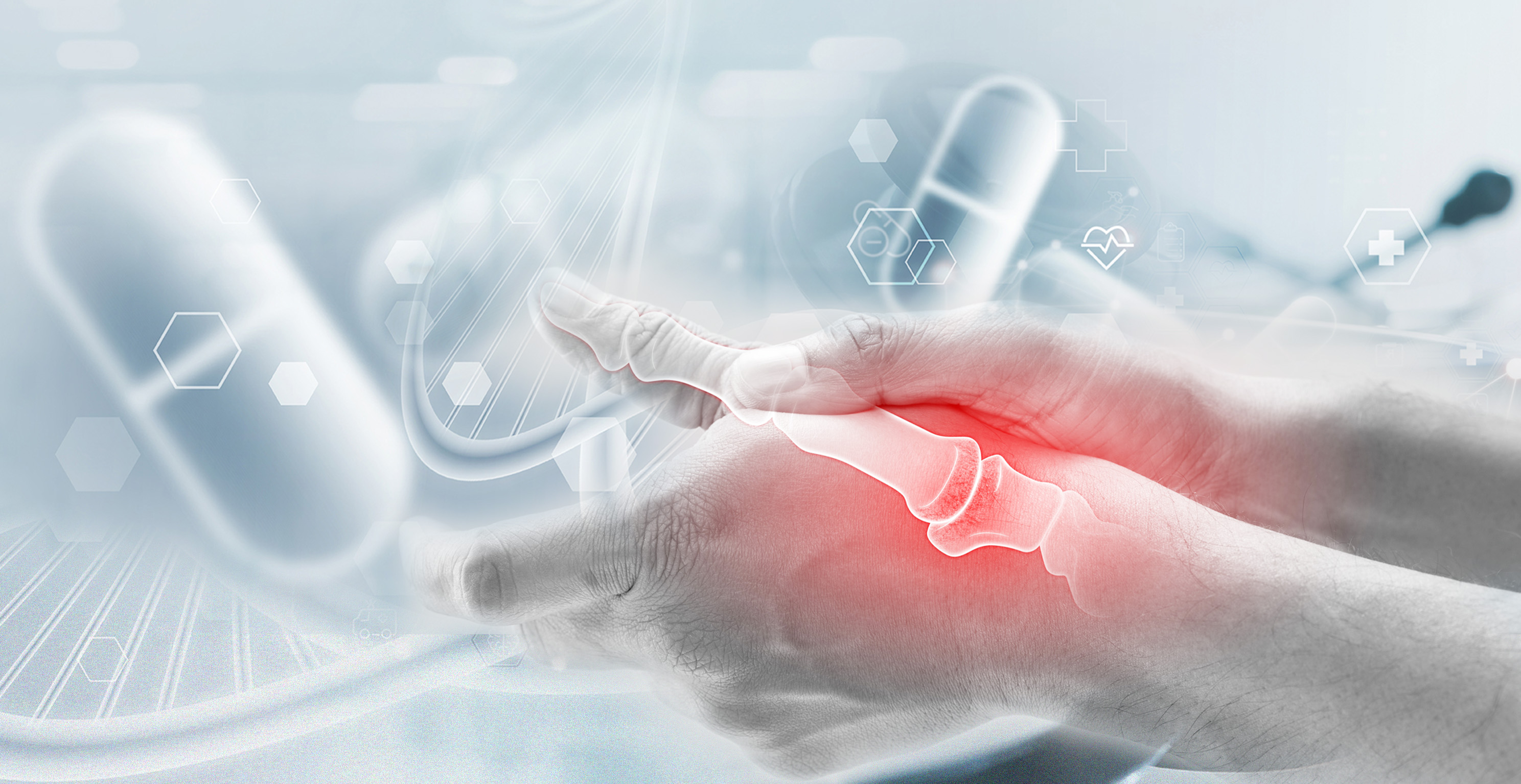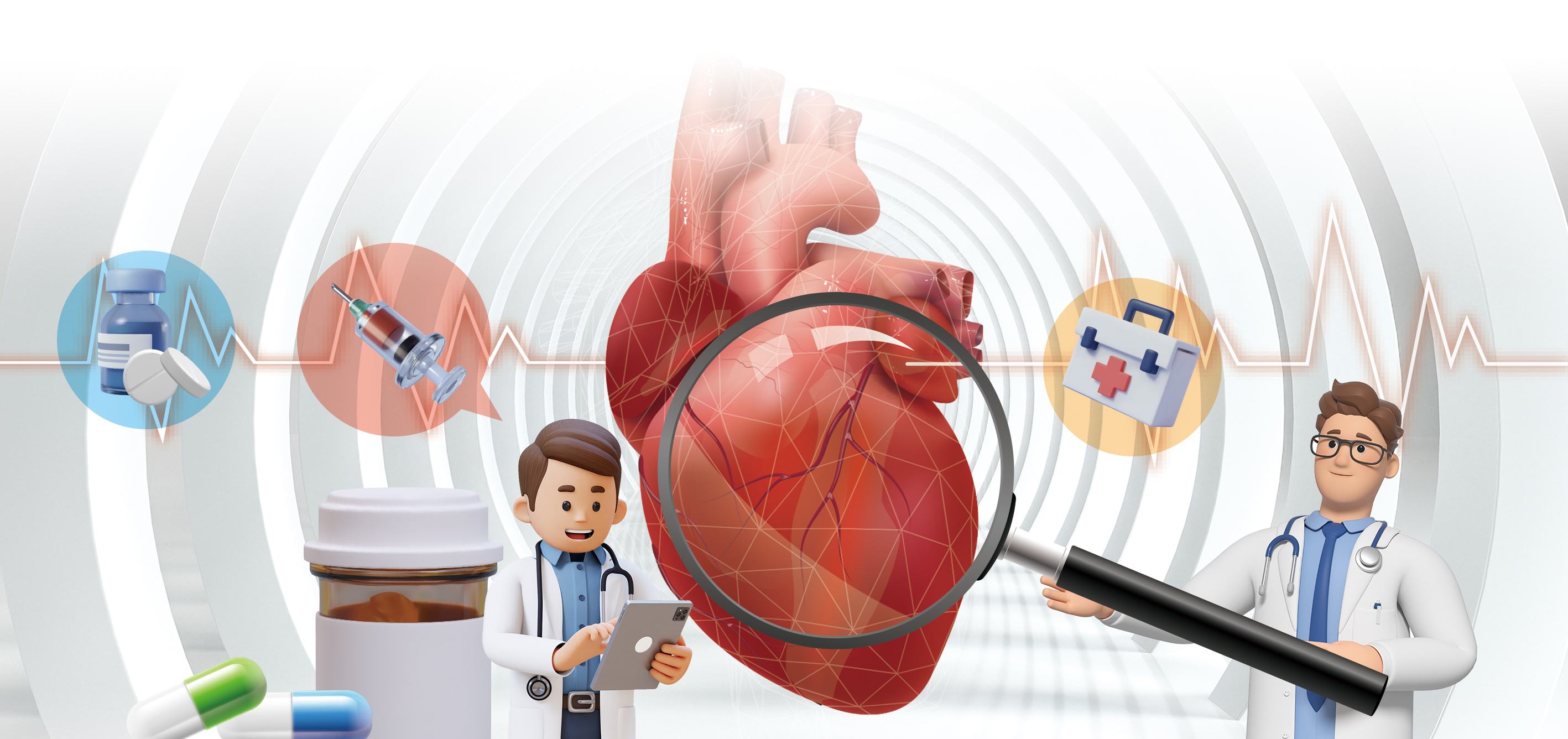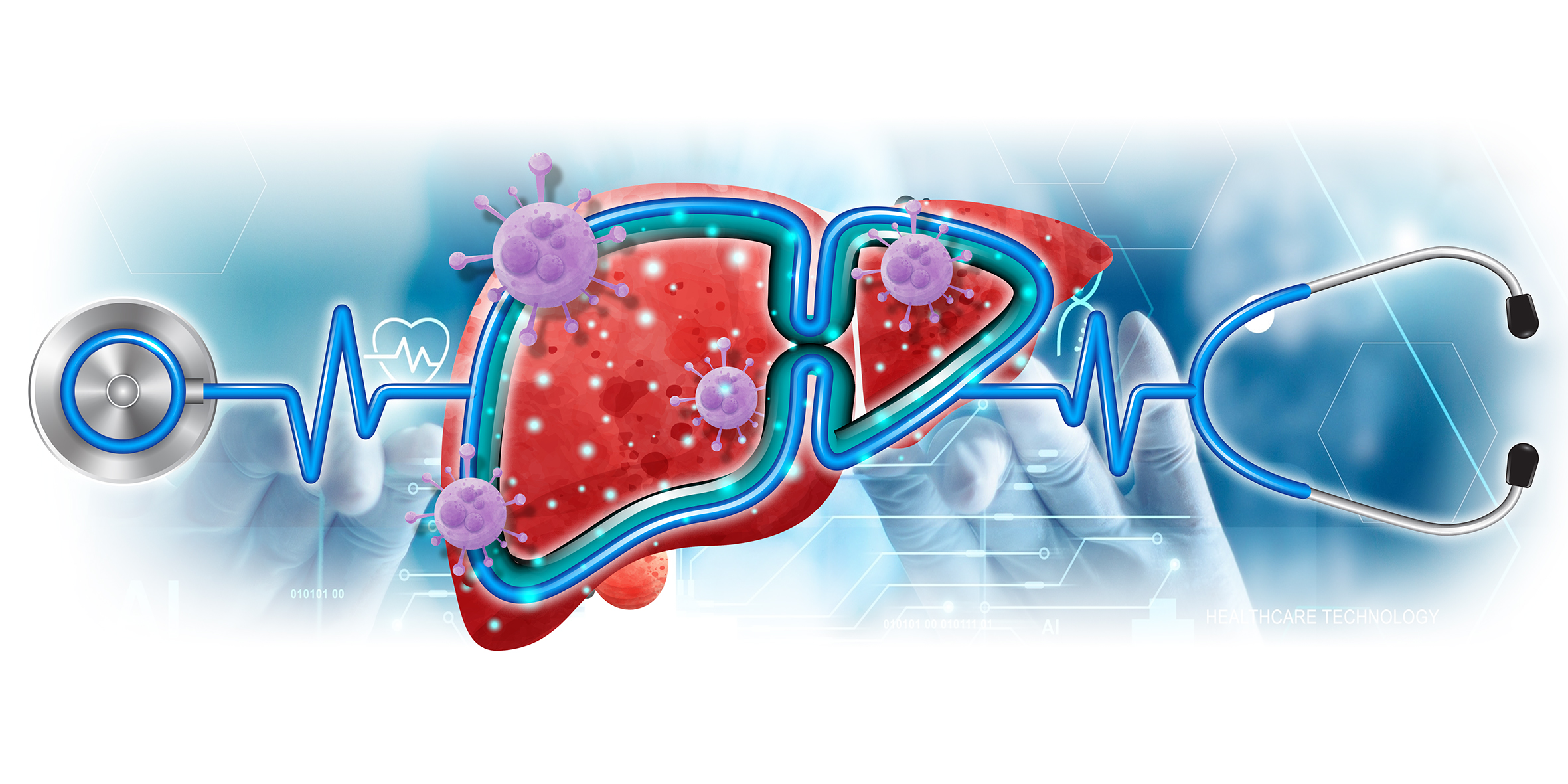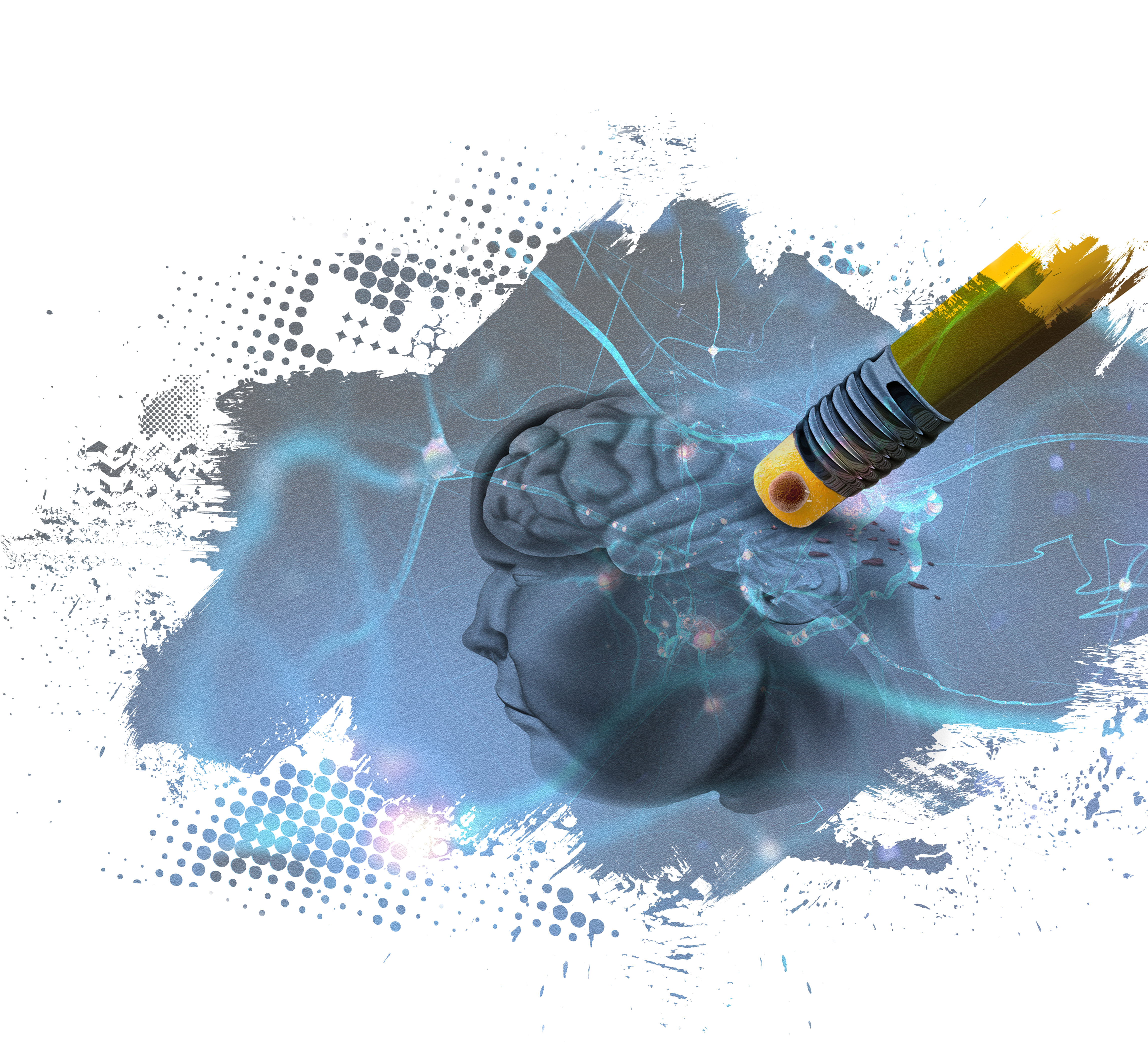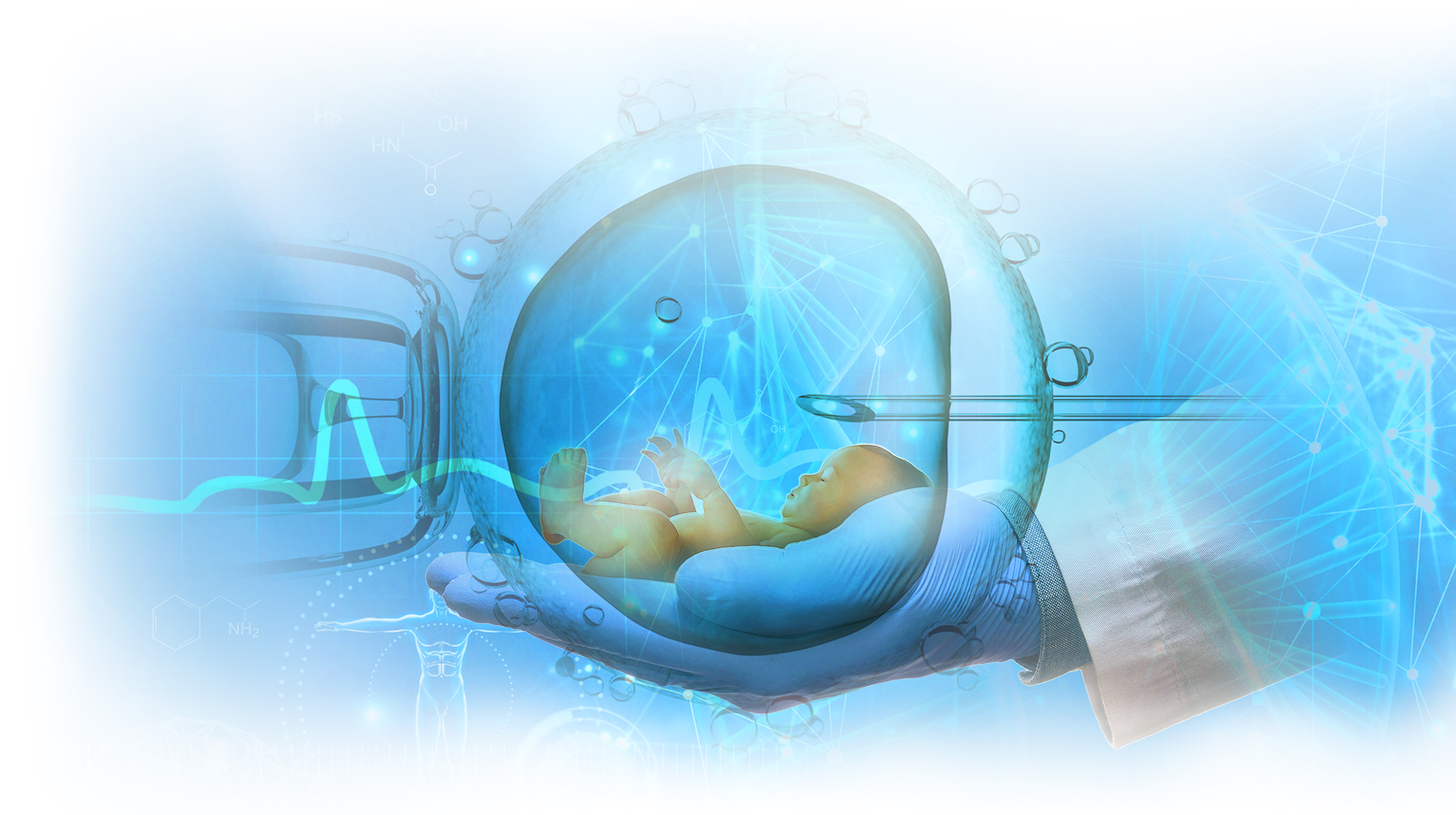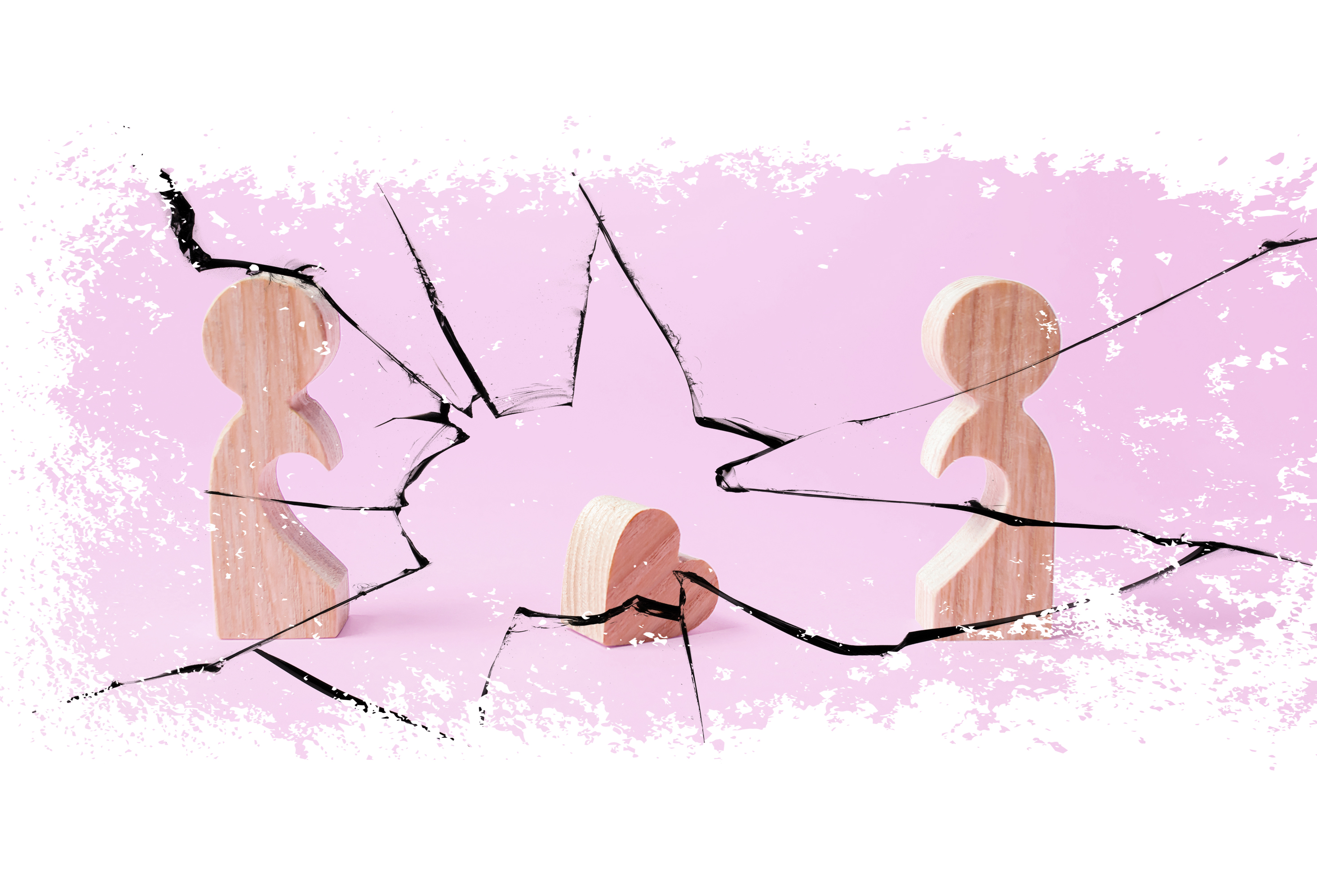
The hottest love has the coldest end.” Facing a romantic relationship breakup can be devastating, overwhelming and heart-wrenching. There has been an increasing trend of divorce over the last 3 decades in Hong Kong, with the crude divorce rate (per 1,000 population) surging staggeringly from 1.11 in 1991 to 2.14 in 2020, as documented by the Census and Statistic Department1. It appears that getting a divorce has become a checklist item that people follow from cradle to grave. A romantic breakup can result in breakup distress, betrayal and heartbreak2. The emotional agony of a broken heart can manifest as the love trauma syndrome, affecting individuals' functionality and may trigger feelings of depression, rumination, anxiety and love grief3. More importantly, it was reported that a significant association was found between commitment to a romantic relationship and suicidal risk among individuals who had experienced a break-up within the last 3 months, especially when affected by depression4. The statistics indicate that the love distress affects a broad population group, leading to the consideration of this situation as a public health issue3. When the once-celebrated lifelong commitment leaves only love trauma, here are some science-proven therapeutic approaches that may help.
Physiological changes in response to a romantic relationship breakup
The physiological changes related to a romantic relationship breakup are not merely confined to the heart, instead, it may include a cascade of changes that are both psychological and physical. Generally, breakup distress may lead to physical problems such as broken heart syndrome2. This acute pain, also known as stress cardiomyopathy or “takotsubo cardiomyopathy”, may mimic symptoms of a myocardial infarction5. However, unlike actual myocardial infarction, those with broken heart syndrome typically recover faster and tests often reveal patient having normal coronary arteries, although some investigators have recorded cardiac contractile abnormalities and heart failure following acute emotional stress for a few weeks2,6. The transient stunning of the heart may also be caused by the spasm-related reduced perfusion secondary to increased catecholamines release from the blood circulation7. Moreover, some studies have suggested that both social and physical pain activate the same region of brain cortex8. For instance, a neuroimaging study found that the right ventral prefrontal cortex (RVPFC) is activated during painful stimulation of both physical and social pain, with greater RVPFC activation being associated with less pain9. Additionally, another study on recent unwanted break-ups using functional Magnetic Resonance Imaging (MRI) revealed that the sensory areas for physical pain were activated when the participants viewed a photograph of their ex-partner10. The authors then compared their data with over 500 published studies and concluded that both social and physical pain activated the somatosensory cortex and the dorsal posterior insula, further supporting that social rejection and physical pain share similar distressing activated pathways10.
Acetaminophen – does that work for social pain?
Given that both social and physical pain share overlapping physiological and neural mechanisms, it undoubtedly raises the question of whether physical painkillers can work effectively on alleviating social pain as well. Acetaminophen, one of the most commonly prescribed physical pain suppressants that acts through central neural mechanisms, has been used by Dewall et al. to study its effects on reducing behavioural and neural responses associated with the pain of social rejection11. A total of 30 participants were instructed to take one 500 mg acetaminophen pill after waking up and before bed each day while 32 participants took the same dose of a placebo for a period of 21 days. All participants were required to fill in the Hurt Feeling Scale each evening to report how much social pain they had encountered that day in terms of the experience of social exclusion, as well as to provide a daily measure of general positive emotion they had experienced during the same day11. Remarkably, it was found that participants who took daily acetaminophen showed a significantly reduction in hurt feelings over time while those who took the placebo showed no change over time in their daily hurt feelings11. More specifically, from Day 9 to Day 21, participants in the acetaminophen group reported significantly lower daily hurt feelings on average than those in the placebo group while both groups demonstrated no effect on daily positive emotions11. Additionally, Dewall et al. have also examined the neural mechanisms by which acetaminophen reduces hurt feelings through conducting a neuroimaging study. A total of 25 participants completed the social exclusion task while undergoing an fMRI scan, with 10 participants taking 2000 mg acetaminophen daily and 15 taking placebo. In the social exclusion task, participants believed that they would participate in a virtual ball-tossing game with two other same-sex participants, which was, in fact, a preset computer program that included them in the first round and then excluded them in second round after receiving the ball three times. After that, participants were required to complete a measure of self-reported social distress for assessing their feelings in response to the exclusion episode. The region-of-interest (ROI) analyses and the whole-brain analyses revealed that participants who took acetaminophen showed significantly lower activity in the dorsal anterior cingulate cortex (dACC) and bilateral anterior insula – regions previously shown to respond to social pain – in response to social exclusion versus inclusion (Figure 1)11.

Figure 1. Change in neural activity during social exclusion vs. social inclusion in the dorsal anterior cingulate cortex (dACC; left) and bilateral anterior insula (right) in participants who took acetaminophen and those who took placebo, error bars represent standard error11.
This study suggested that this over-the-counter painkiller can at least temporarily mitigate social-pain-related distress, however, further research with a larger population size is warranted to verify the potential benefits of acetaminophen in reducing emotional responses to social rejection.
A promising breakthrough in managing the love trauma syndrome
It may not seem feasible to take daily acetaminophen for treating your social pain especially when acetaminophen is only effective from day 9 onwards11. Recently, a group of researchers from Iran had come up with a new idea: treating the love trauma syndrome with intensified electrical stimulation12. Alizadehgoradel et al. conducted a randomised, sham-controlled, single-blind parallel trial involving 36 participants with love trauma syndrome to receive transcranial Direct Current Stimulation (tDCS) on the left dorsolateral prefrontal cortex (DLPFC), the right ventrolateral prefrontal cortex (VLPFC) or sham stimulation in a 1:1:1 ratio (20 mins, twice-daily sessions with 20 mins intervals for 5 consecutive days)12. The primary outcome focused on the effects of the intervention on love trauma syndrome and neuropsychological performance, as measured by the Love Trauma Inventory (LTI) questionnaire, the positive and negative affect schedule (PANAS) and the Emotion Regulation Scale (DERS) etc. Post hoc comparisons revealed that both two tDCS montages, targeting either the left DLPFC or right VLPFC, significantly reduced love trauma syndrome symptoms immediately after and at 1-month follow-up after intervention12. Notably, the reduction was significantly greater in the DLPFC group compared to the VLPFC group12. Furthermore, there was significant improvement in anxiety, depressive state, and emotional regulation in participants after receiving tDCS in both active stimulation conditions compared to the sham group12. This study demonstrated a promising therapeutic intervention with potential clinical implications for improving emotional regulation and symptoms of love trauma syndrome in people experiencing a romantic relationship breakup. However, larger-scale clinical trials are required before its full efficacy can be confirmed.
What else works for dealing with a love breakup
Given the availability of equipment and operators, it may not be realistic to receive intensified electrical stimulation for curing heartbreak at this time. Fortunately, there are other accessible therapeutic interventions that are effective as well. Peñuñuri et al. has conducted a systematic review on the therapeutic treatments being examined to cope with a love breakup from 1992 to 2023 in Spanish, English and Protuguese3. Out of 156 records from the internet, 13 articles were selected to address the effectiveness of the studied intervention, excluding those that were theoretical or not intervention studies. In general, the objectives of these intervention studies were to deal with a series of severe symptoms affecting people's functionality and maladaptive responses generated after suffering a love break up, such as anguish, depression symptoms, anxiety, rumination, love grief and love trauma syndrome3. It was reported that cognitive behavioural therapy (CBT), which involves elements of psychoeducation, empathy, stress management, identifying personal needs, restructuring on dysfunctional attribution of loss, strengthening self-love and managing cognitive distortion etc., was exclusively used and can significantly reduce mental health problems, including depression and anxiety. One study also showed that 6 sessions of Hatha yoga and mindfulness meditation can statistically reduce rumination associated with love breakups in the experimental group compared to the control group13. Interventions on emotional symptomatology and aspects such as self-esteem also showed favourable effect as a psychological treatment for love grief3. In conclusion, a love breakup may be unavoidable, but love trauma syndrome is curable. Time heals, as well as acetaminophen, intensified electrical stimulation on DLPFC and VLPFC, and cognitive-behavioral therapy. Above all, there are always more solutions than problems, thus, never give up on having a happy life.
References
1. Census SDHK. Marriage and Divorce Trends in Hong Kong, 1991 to 2020. Published online 2022. 2. University of Miami School of Medicine, Florida, USA., T F. Romantic Breakup Distress, Betrayal and Heartbreak: A Review. Int J Behav Res Psychol. Published online November 3, 2017:217-225. 3. Peñúñuri LYY, Rey-Anacona CA, Bolívar-Suárez Y. Therapeutic treatments to cope with a love breakup: a systematic review. Psychologia. 2024;18(1):23-37. 4. Love HA, Nalbone DP, Hecker LL, Sweeney KA, Dharnidharka P. Suicidal Risk Following the Termination of Romantic Relationships. Crisis. 2018;39(3):166-174. 5. Nussinovitch U, Goitein O, Nussinovitch N, Altman A. Distinguishing a Heart Attack From the “Broken Heart Syndrome” (Takotsubo Cardiomyopathy). J Cardiovasc Nurs. 2011;26(6):524. 6. Bounhoure JP. Takotsubo or Stress Cardiomyopathy. Cardiovasc Psychiatry Neurol. 2012;2012(1):637672. 7. Ahmad SA, Brito D, Khalid N, Ibrahim MA. Takotsubo Cardiomyopathy. In: StatPearls. StatPearls Publishing; 2024. Accessed July 25, 2024. http://www.ncbi.nlm.nih.gov/books/NBK430798/ 8. Eisenberger NI. The Neural Bases of Social Pain: Evidence for Shared Representations With Physical Pain. Psychosom Med. 2012;74(2):126 9. Zhang M, Zhang Y, Kong Y. Interaction between social pain and physical pain. Brain Sci Adv. 2019;5(4):265-273. 10. Kross E, Berman MG, Mischel W, Smith EE, Wager TD. Social rejection shares somatosensory representations with physical pain. Proc Natl Acad Sci. 2011;108(15):6270-6275. 11. DeWall CN, MacDonald G, Webster GD, et al. Acetaminophen Reduces Social Pain: Behavioral and Neural Evidence. Psychol Sci. 2010;21(7):931-937. 12. Alizadehgoradel J, Razavi SD, Shirani Z, et al. Targeting the left DLPFC and right VLPFC in unmarried romantic relationship breakup (love trauma syndrome) with intensified electrical stimulation: A randomized, single-blind, parallel-group, sham-controlled study. J Psychiatr Res. 2024;175:170-182. 13. Harris N. A Quantitative Study of the Effects of Hatha Yoga and Mindfulness Meditation in Students Experiencing Romantic Breakup Distress. Ph.D. Accessed July 29, 2024. https://www.proquest.com/docview/1904367536/abstract/2633AC64B9AA4F61PQ/1

